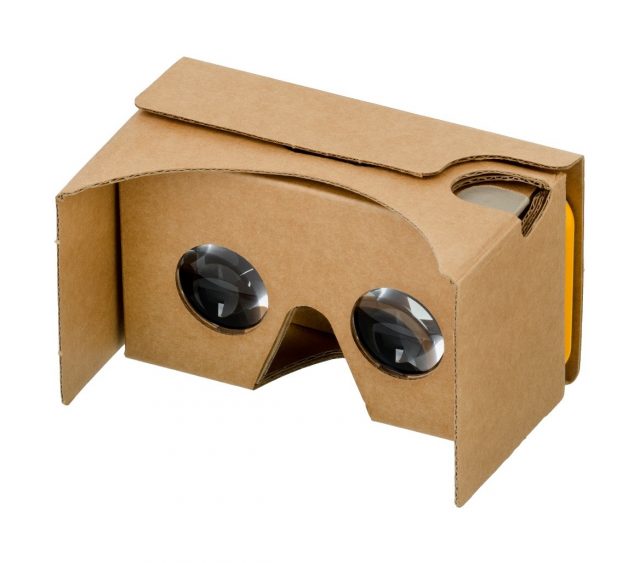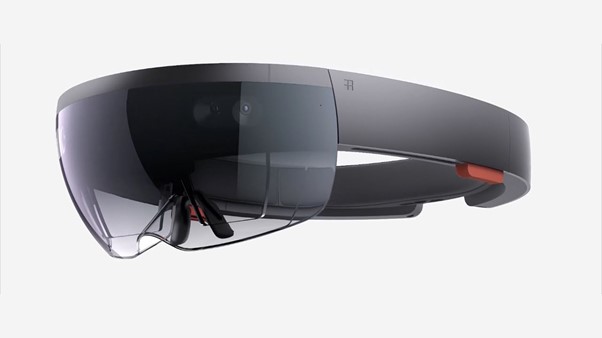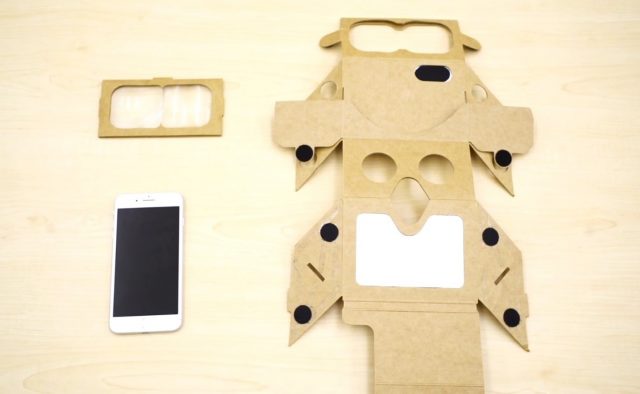VR Headset review:
I have listed down the top VR headsets in the market today, based on their hardware specifications (i.e. graphics and tracking functions) as well as their price points. In my opinion, I think one of the most important considerations when it comes to choosing a VR headset is affordability. The sharpness and clarity of the image produced by the headset is also one of the important aspects that I will look out for as it will influence the gameplay experience. In addition, it should provide users with accessibility to a wide range of games and ideally provide a good amount of eye comfort for long hours of gameplay.
| Valve Index | Oculus Quest 2 | Oculus Rift S | Sony Playstation VR | HTC VIVE Cosmos | HP Reverb G2 | |
| Type | Tethered | Standalone | Tethered | Tethered | Tethered | Tethered |
| Field of View(Degree) | 130 | 100 | 115 | 100 | 110 | 114 |
| Resolution(pixels – per eye) | 1440 x 1600 | 1832 x 1920 | 1440 x 1280 | 960 x 1080 | 1700 x 1440 | 2160 x 2160 |
| Refresh Rate(Hz) | 120 (up to 144 in experimental tests) | 90 | 80 | 90-120 | 90 | 90 |
| Hardware Platform | SteamVR/PC | SteamVR/PC/Oculus Store | SteamVR/PC/Oculus Store | PS4/PS5 | SteamVR/PC | SteamVR/PC/Windows MR |
| Motion Detection | 6DOF | 6DOF | 6DOF | 6DOF | 6DOF | 6DOF |
| Price (in USD) | 999 | 299 | 399 | 399 | 699 | 599 |
Preferred VR headset:
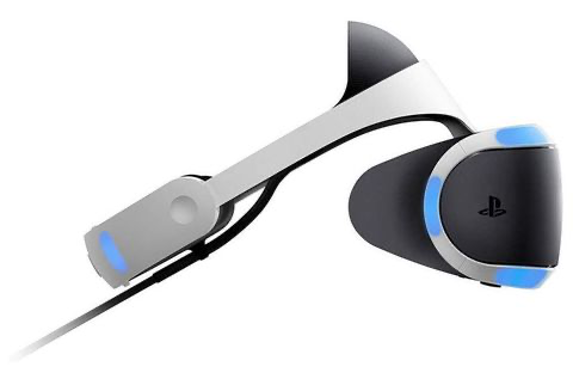
As an owner of a PS4 and habitual console player, Sony Playstation VR is definitely on the top of my list. Even though its specifications pales in comparison with some of the other headsets in the market, it is still one of the more affordable ones.
The Playstation VR also has an extensive library of exciting games like Until Dawn: Rush of Blood, Five Nights at Freddie’s: Help Wanted, and Beat Saber. Many PlayStation VR games also work with the DualShock 4 controllers, so I don’t even have to purchase any add-on motion control accessories.
Besides its affordability and accessibility to games, the headset incorporates a lot of simple physical measurements so that it can accommodate and be worn comfortably by all the different head sizes of the users. The headset offers competitive gyroscope, tracking, and movement technology that keeps the gameplay smooth, holding its own against VR-centric companies like Oculus and HTC Vive. The setting up of the device is also relatively easy, making it user-friendly.
Although Valve Index seems like one of the strongest contenders in the VR market, offering the widest FOV and the highest refresh rate, and not to mention the Index controllers that feature an advanced grip system for more natural, precise interaction, its price point, however, is hard to swallow. A gaming PC is also needed to pair with the headset and that would be another additional cost. As mentioned in a blog review by theverge, setting up the laser-emitting base stations (i.e. mounted in opposite corners of your play space) and troubleshooting the headset also poses a challenge for amateur players like myself.
As someone who is unlikely to find a lot of time and money to invest in VR, I would likely give Valve Index a pass.
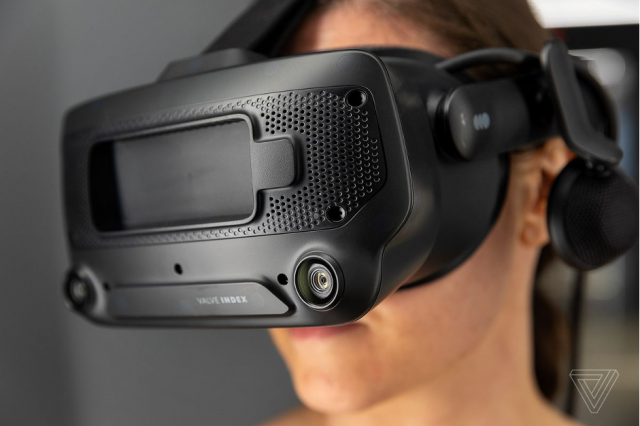
MR Headset review:
Similarly, I have listed down some of the MR headsets in the market today with their hardware specifications. Unlike my preference in the VR headsets, I believe that the importance of the functionality of the MR headsets outweighs their affordability here. As MR headsets can do much more than just gaming, I would choose one that is worth the price. It is a state-of-the-art tool that can significantly improve work productivity and I wouldn’t mind spending the extra money to purchase a good MR headset – especially if it is a bang for the buck.
| Headset Name | Microsoft HoloLens 2 | Magic Leap One | ASUS HC102 | Samsung Odyssey+ |
| Type | Standalone | Standalone(Connected to lightpack) | Tethered | Tethered |
| Resolution(Pixels – per eye) | 2048 x 1080 | 1280 x 960 | 1440 x 1440 | 1440×1600 |
| Field of view (degrees) | 52 | 50 | 95 | 110 |
| Refresh Rate (Hz) | 120 | 120 | 90 | 90 |
| Price(USD) | 3500 | 2300 | 399 | 500 |
Preferred MR headset
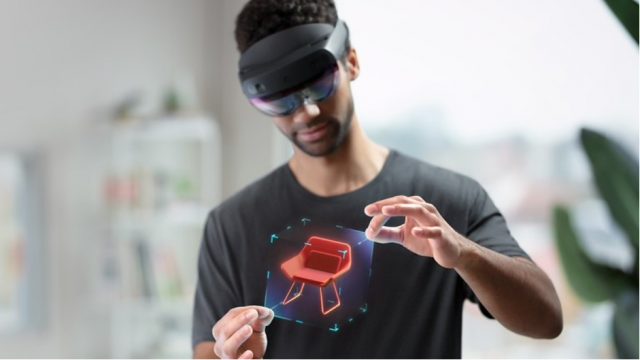
Therefore, the headset that I would prefer most is Microsoft Hololens 2 even though it costs a whopping USD$3,500, they offer a much higher resolution and refresh rate than the other headsets. Furthermore, it is a standalone headset where I don’t have to connect to a laptop or any other devices. I am able to simply don the headset, move freely, and be able to pull up a holographic projection of my emails instantly. There are no wires or external packs to get in my way as the headset is basically a self-contained computer with Wi-Fi connectivity. And that is one aspect that I really like about the headset.
Also, the headset allows you to interact with the holograms very much like real objects due to its advanced hand movement tracking ability. It allows you to touch, grasp, and move holograms in ways that feel natural. You are also able to instantly access the HoloLens 2 securely using just your eyes with voice commands. This even works in a noisy setting through the use of smart microphones and natural language speech processing.
Besides Microsoft Hololens 2, Magic Leap one is also one of the better options in my opinion. The specifications are also a notch better than the other headsets, with better graphics and refresh rates. It is also on the pricier end. Similar to the Microsoft Hololens 2, it is a standalone device, the only difference is that it still needs to be connected to a small device also known as the lightpack, which is basically a wearable computer.
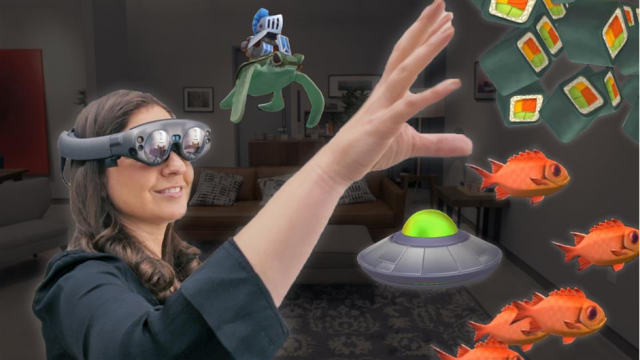

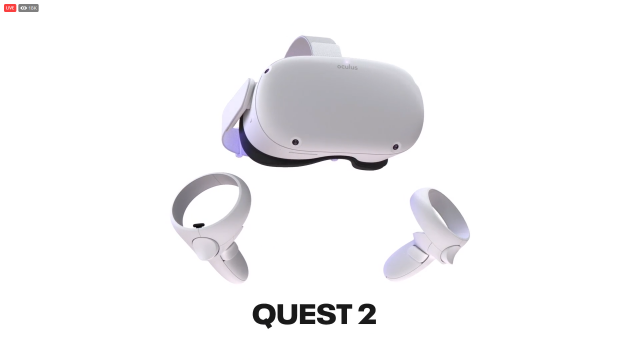


/HLS19_HoloLens2_leftFacing_tilt_RGB_4K_whiteBG-d17efed754084023912d029033bc378f.jpg)
